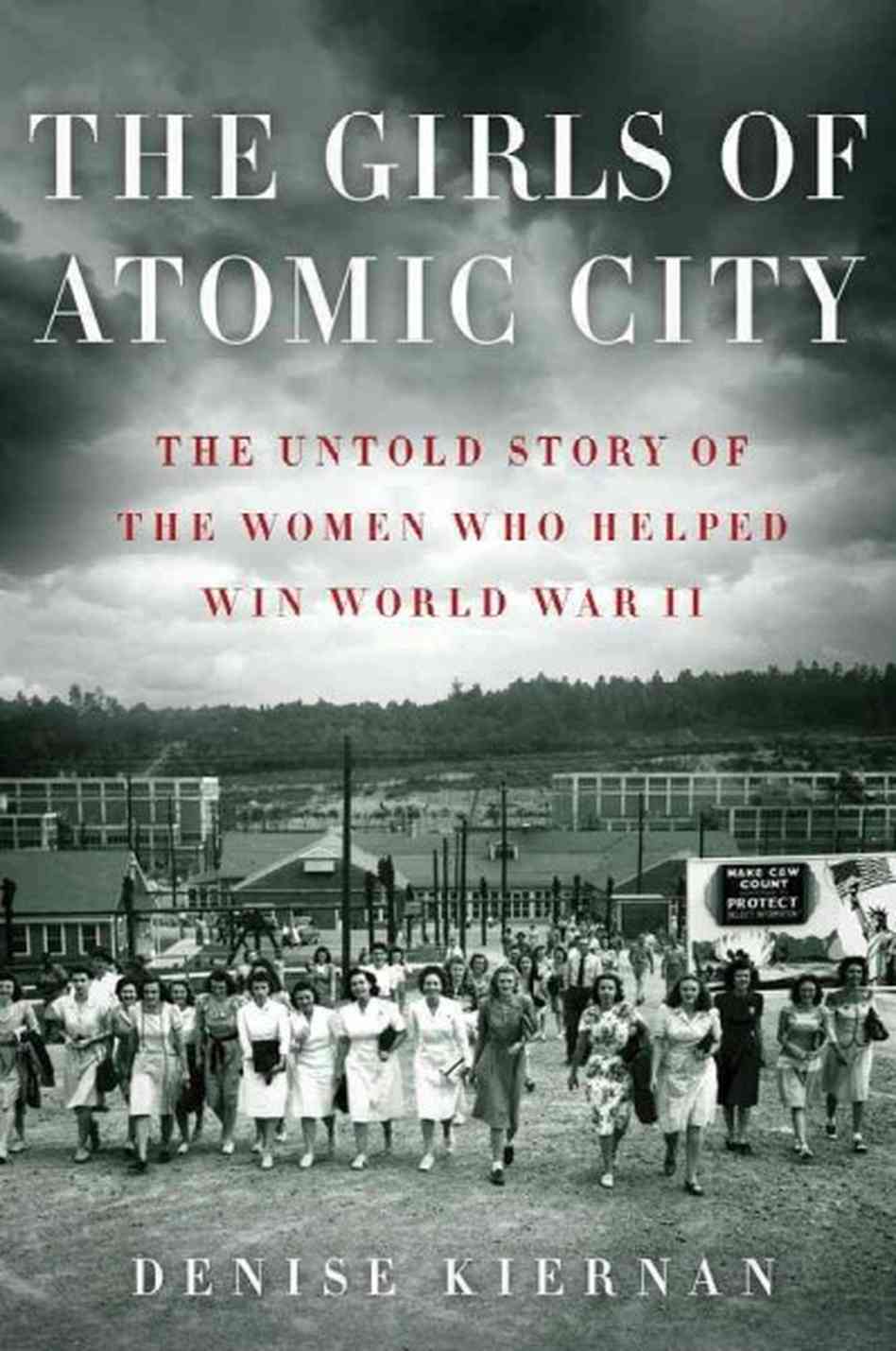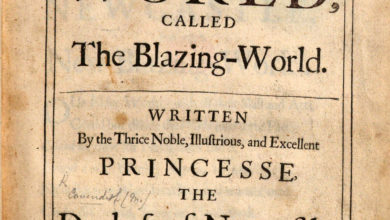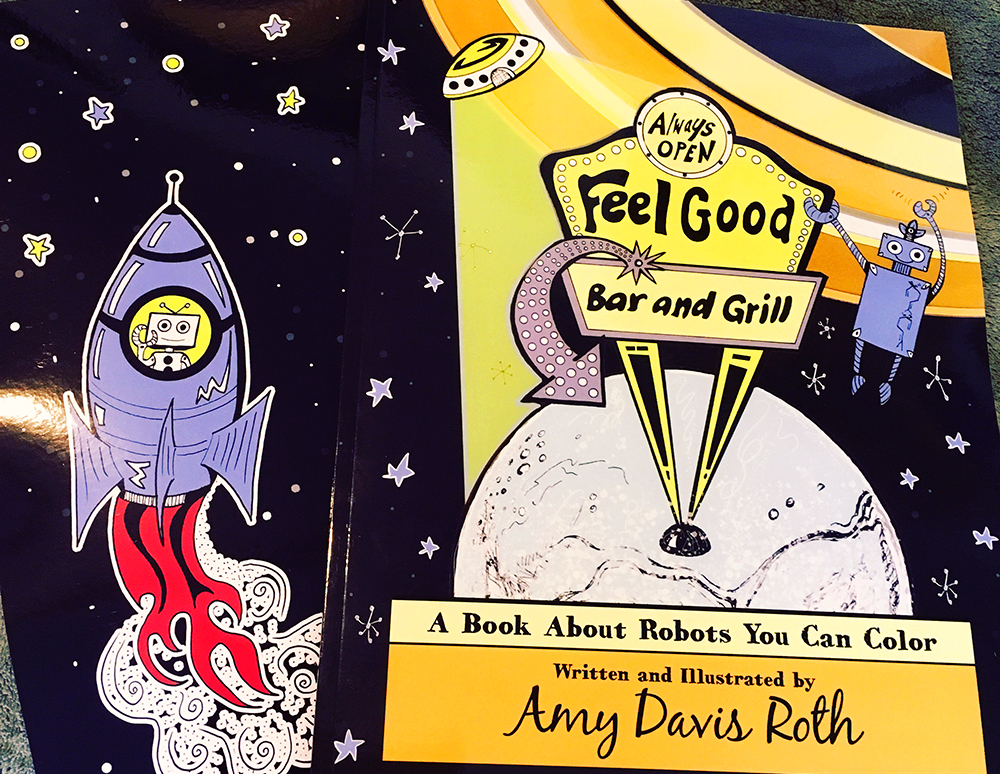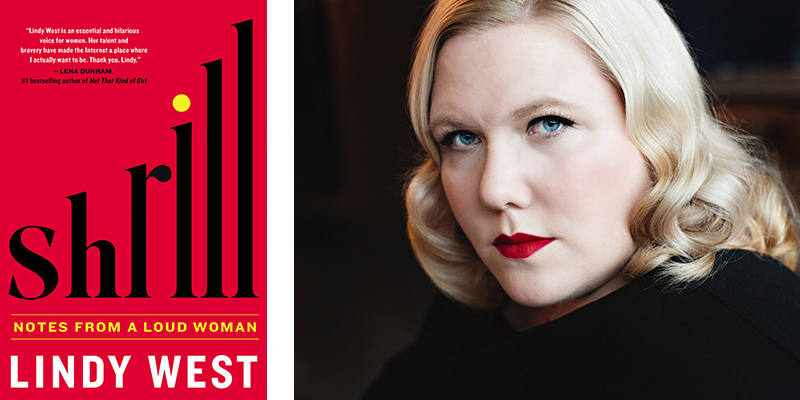Skepchick Book Club: The Great Agnostic
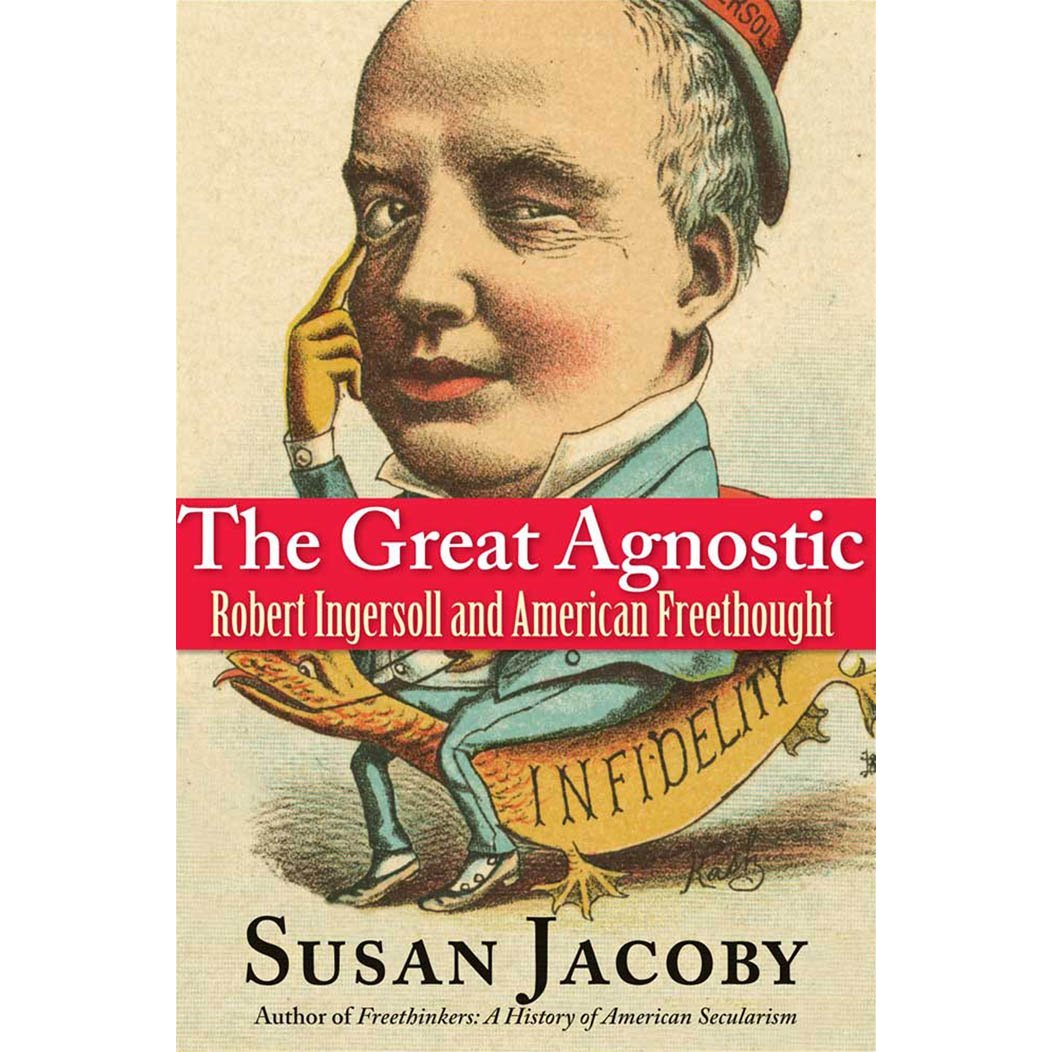
Note: The bottom of this post contains information for next month’s book club.
Welcome back to the Skepchick Book Club! This month, we read The Great Agnostic: Robert Ingersoll and American Freethought by Susan Jacoby. Before I read this book, I hadn’t heard of Ingersoll, so I enjoyed reading about his speeches and learning more about the history of freethought in the USA. However, Jacoby spent so much time talking about the virtues of Ingersoll that by the end of the book I felt like I didn’t really know the man at all. There is nary a flaw mentioned–I mean, unless you consider being a super-progressive agnostic to be a flaw. Someone at the Boston book club meeting mentioned that the book came off as a hagiography. To anyone who read this book: What did you think? Can you name at least one flaw that Ingersoll had?
There are a few recurring characters in the book: Thomas Paine, Abraham Lincoln, Walt Whitman, and William Jennings Bryan. Ingersoll spent a good deal of time working to clear Thomas Paine’s name. He was also a good friend of Walt Whitman, whose work was considered controversial at the time. I’m not too familiar with Whitman’s poetry, but I did enjoy this line (included in the book):
“Not till the sun excludes you, do I exclude you.” –Walt Whitman, “To A Common Prostitute”
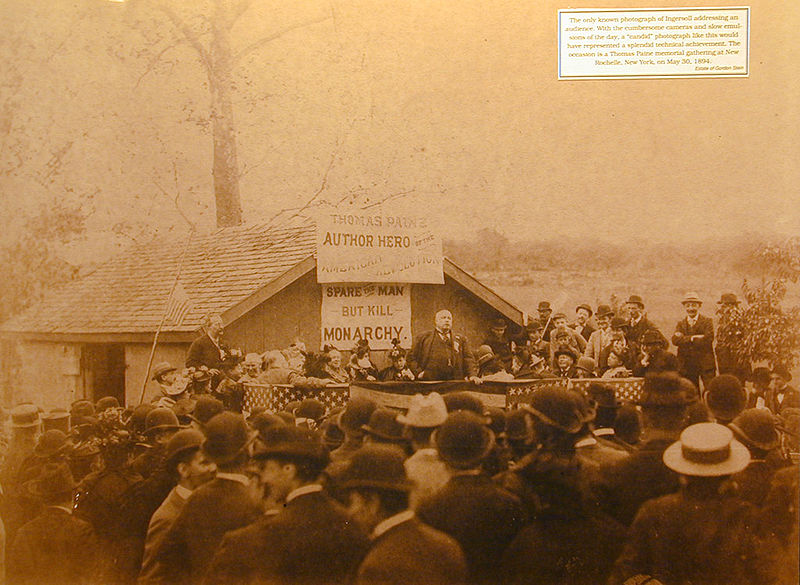
Lincoln is peppered throughout the book, where Jacoby draws parallels between him and Ingersoll with regards to freethought and oration. The major difference was that Ingersoll was much more outspoken about his agnosticism, whereas Lincoln seemed to try to not make a big deal about it. Perhaps because of this difference, Ingersoll never won an election, but he cared more about being true to himself anyway. Instead, he became a prominent speaker, known for his wit and oration skills. In fact, I would draw a parallel between him and Carl Sagan, because both men were popular with the public and were able to explain complex subjects without oversimplifying. And of course, we lost both of these men too soon.
Jacoby tries to reach out to the “new atheists” and the “nones.” In the beginning of the book, she mentions that even though there are an increasing number of people who don’t identify with a religion, this does not mean that they are committed to learning about secular humanism (and in fact, maybe they just like to sleep in on Sundays). And even now, just because there are more people who are checking off “none” under Religion does not mean that there are actually more nonbelievers than in the past–in an earlier era, one may have checked off “Protestant” without necessarily being a devout Christian. This is important because we talk a lot about the religious traditions of the USA but not about the freethought ones–and in not doing so, we have forgotten about great agnostics like Robert Ingersoll.
Ingersoll had many radical beliefs–for his time (and even for our time, depending on who you ask). The book discusses his views on:
- Women’s Rights: He was a great supporter of suffrage, contraception, and other equal rights–most of these issues were not even a priority for most male freethinkers of the time.
- Civil Rights: Even though white people in the North may have been anti-slavery, they did not consider blacks to be their peers. Ingersoll found racial inequality to be abhorrent.
- Religion: Obviously, he was not a fan.
- Science Education: When the theory of Evolution first came out, Ingersoll found it a bit hard to believe, but once he was able to get over “human exceptionalism,” he came around to the side of science.
One more note about Ingersoll (before I give away the entire book!): When he was in his last days, he made sure that he was surrounded by his family, because he did not want false reports that he either committed suicide (for being an “evil” agnostic) or that he recanted and “saw the light” on his deathbed. He had seen other freethinkers given this treatment in the media, so it was smart of him to plan ahead.
TLDR: The book was readable and concise, but I would’ve at least liked to know one thing the guy did wrong. (He didn’t even cheat on his wife–he wrote a speech about how even though they were growing old together, she was still beautiful to him. Come on!) It’s a shame that I didn’t learn about Ingersoll before now, but I’m glad that I do.
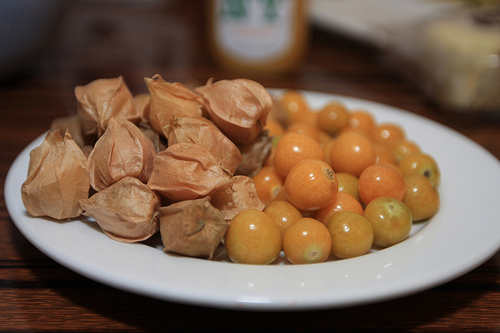
Themed Recipe?
I couldn’t really come up with a proper recipe (how do you cook with a theme of “nonbelief”? I guess using a teapot might be appropriate?), so instead I brought some husk cherries from the local farmers’ market. If you’ve never had them, they look like a tiny tomato inside of a papery shell, and they taste like pineapple upside-down cake (no joke). I also brought something called a Flat Tire, which is a giant, round, crispy pastry. Yum! Frankly, even though I am a good cook, I like to leave pastries to the professionals (they’re a lot of work).
Next Month: The Girls of Atomic City
Next month’s book is The Girls of Atomic City: The Untold Story of the Women who Helped Win World War II. I will put up a post on Sunday, September 29th (and if you’re in the Boston area, you can come to our meatspace book club on Saturday, Sep 28th–check out the Boston Skeptics Facebook page for details). See you then!

